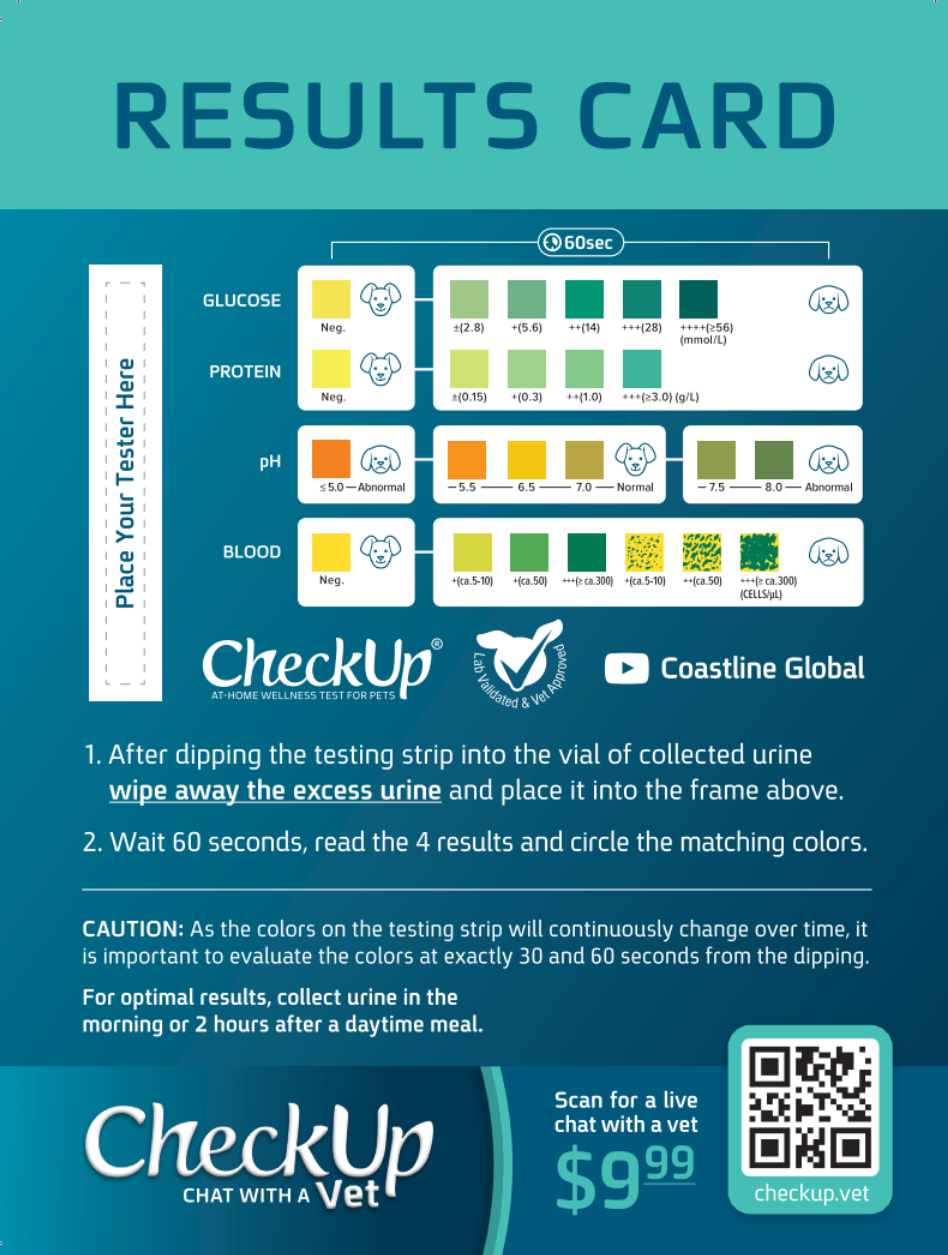A diagnosis from your veterinarian that your beloved canine companion has diabetes is a serious one. However, the good news is that with a little extra effort and care, it is a manageable disease, that will ensure that you and your dog still having many happy years together.
Just like in humans, diabetes in dogs is due to the body’s inability to regulate glucose levels, which can result in hyperglycaemia (very high sugar levels) or hypoglycaemia (very low sugar levels). Both of these conditions are extremely dangerous, and if untreated, can lead to further complications and even death. However, in humans and in dogs, we are able to assist the body in better regulating glucose levels by treating the diabetic patient with insulin.
Other than giving your dog insulin every day, one of the simplest ways to manage you dogs diabetes is through managing and updating their diet. Diabetic dogs need to be fed at specified times (a feeding routine) and their carbohydrate intake will need to be monitored. This is particularly important if your dog is being treated with insulin, as a change in the amount of carbohydrate will result in the amount of insulin that they require also being adjusted. So make sure you discuss any changes in your dog’s diet with your veterinarian.
Obesity can be a contributory factor in the development of diabetes, so as well as monitoring their food intake, regular exercise to keep them at a healthy weight is also important.
As part of the management programme, you will need to look out for, and monitor, the same clinical signs and symptoms that led to the diagnosis in the first place. These can be an indicator of how successful the treatment and management are going, and include the following:
1) Water consumption – if your dog is hyperglycaemic, they will be very thirsty, this is called polydipsia;
2) Urination frequency – again, if your dog is hyperglycaemic, and drinking a lot of water, they will most probably also start urinating more than usual, this is called polyuria;
3) Appetite – this can be affected by either hyperglycaemia or hypoglycaemia, due to either not enough, or possibly too much insulin, and result in them being hungry all of the time and eating a lot. This is called polyphagia.
These three signs or symptoms are sometimes referred to as the 3 “P’s” of Diabetes.
Now, you may have noticed that all three of these symptoms can be related to hyperglycaemia. When the blood sugar is too high, the kidneys are unable to process all of the sugar and it then passes into the urine, this is termed glycosuria. So an easy way for you to keep an eye on your dog’s blood sugar is to monitor the amount of glucose in their urine.
This can easily be done using the CheckUp At Home Urine Testing Kit. A positive test for the presence of glucose will signal a change in your pet’s diabetic status; possibly even before the other clinical signs appear, alerting you and your veterinarian to this change. By monitoring your dog’s urine for glucose several times a week, you have the opportunity and time to properly manage your dog’s diabetes together with your veterinarian. Checking is caring. So CheckUp.







